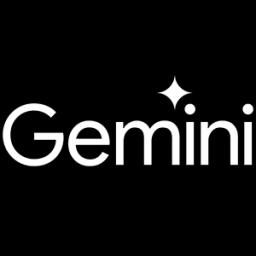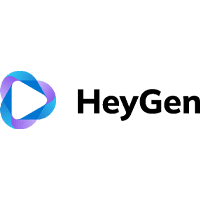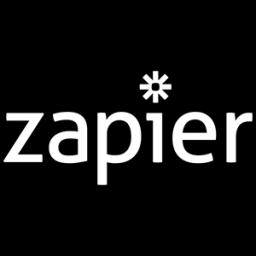Stable Diffusion 3.5: Now More Diverse!
Stability AI Ups the Game with Stable Diffusion 3.5 Models - Diversity Just Got a Major Upgrade!
Last updated:
Stability AI has introduced the Stable Diffusion 3.5 model series, promising richer diversity in image generation with enhanced ease of use. With three variants tailored for different needs, these models aim to provide superior image quality and adaptability. However, questions linger around copyright issues and the impact of revised licensing terms.
Introduction to Stable Diffusion 3.5 Models
Technical Specifications and Variants of Stable Diffusion 3.5
Learn to use AI like a Pro
Get the latest AI workflows to boost your productivity and business performance, delivered weekly by expert consultants. Enjoy step-by-step guides, weekly Q&A sessions, and full access to our AI workflow archive.














Methodologies Behind Image Diversity and Quality
Learn to use AI like a Pro
Get the latest AI workflows to boost your productivity and business performance, delivered weekly by expert consultants. Enjoy step-by-step guides, weekly Q&A sessions, and full access to our AI workflow archive.














Revised Licensing Terms and Their Impact
Learn to use AI like a Pro
Get the latest AI workflows to boost your productivity and business performance, delivered weekly by expert consultants. Enjoy step-by-step guides, weekly Q&A sessions, and full access to our AI workflow archive.














Legal Challenges and Copyright Disputes
Learn to use AI like a Pro
Get the latest AI workflows to boost your productivity and business performance, delivered weekly by expert consultants. Enjoy step-by-step guides, weekly Q&A sessions, and full access to our AI workflow archive.














Competition in the AI Image Generation Market
Learn to use AI like a Pro
Get the latest AI workflows to boost your productivity and business performance, delivered weekly by expert consultants. Enjoy step-by-step guides, weekly Q&A sessions, and full access to our AI workflow archive.














Expert Insights on Architectural and Ethical Considerations
Learn to use AI like a Pro
Get the latest AI workflows to boost your productivity and business performance, delivered weekly by expert consultants. Enjoy step-by-step guides, weekly Q&A sessions, and full access to our AI workflow archive.














Public Reception and Perceptions
Future Implications for Business, Society, and Policy
Learn to use AI like a Pro
Get the latest AI workflows to boost your productivity and business performance, delivered weekly by expert consultants. Enjoy step-by-step guides, weekly Q&A sessions, and full access to our AI workflow archive.













